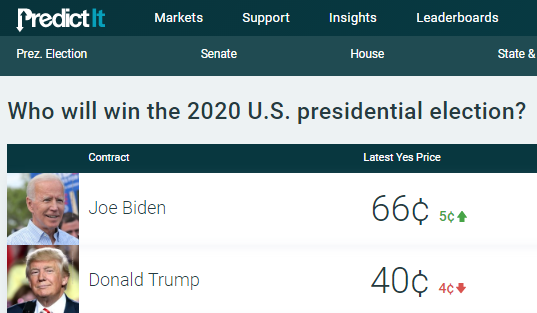
U.S. payrolls grew by +266k, which would be fabulous in normal times, but is utterly disappointing at a moment in which forecasters expected +1 million jobs, and we’re still missing millions of pre-pandemic jobs.
This is a big miss that changes how we think about the recovery.
This is a big miss that changes how we think about the recovery.
Unemployment is stuck at 6.1%, well above the pre-pandemic rate of 3.5%, and that’s despite the fact that millions are still not looking for work.
We are still 8 million jobs below pre-pandemic levels, or about 10 million jobs below where we would have been if pre-covid trends had continued. That’s why we need much faster job growth.
There are millions in need, an economy that remains sick, and a recovery that’s ailing.
There are millions in need, an economy that remains sick, and a recovery that’s ailing.
Utterly baffling to see a recovery stalling with 8 million fewer jobs and then hear talk of a ‘labor shortage.’
Do you really think 8 million people lost the will to work?
Sound like weak labor demand.
Or if it’s labor supply, it’s not a labor shortage, it’s a safety shortage.
Do you really think 8 million people lost the will to work?
Sound like weak labor demand.
Or if it’s labor supply, it’s not a labor shortage, it’s a safety shortage.
This one simple trick can turbo charge the recovery: Get vaxxed, get your friends to join you, make the marketplace safe, and watch people return.
If counterfactual you would have interpreted a strong payrolls report as evidence that labor demand was running ahead of labor supply stoking concern about a ‘labor shortage,’ then you shouldn’t also be in the business of seeing a weak payrolls report and yelling ‘labor shortage’
Shoutout to the folks at the CEA, who on this difficult jobs report day chose to report the numbers as they are, without undue political spin.
https://twitter.com/WhiteHouseCEA/status/1390660455040012288
BTW, labor supply may turn out to be a big part of the problem holding back the recovery, but the labor supply issues aren’t excessively generous benefits, laziness or not wanting to work: They’re safety and childcare. Fix those before whining about a’ labor shortage.’
https://twitter.com/nickconfessore/status/1390655960981573635
• • •
Missing some Tweet in this thread? You can try to
force a refresh




